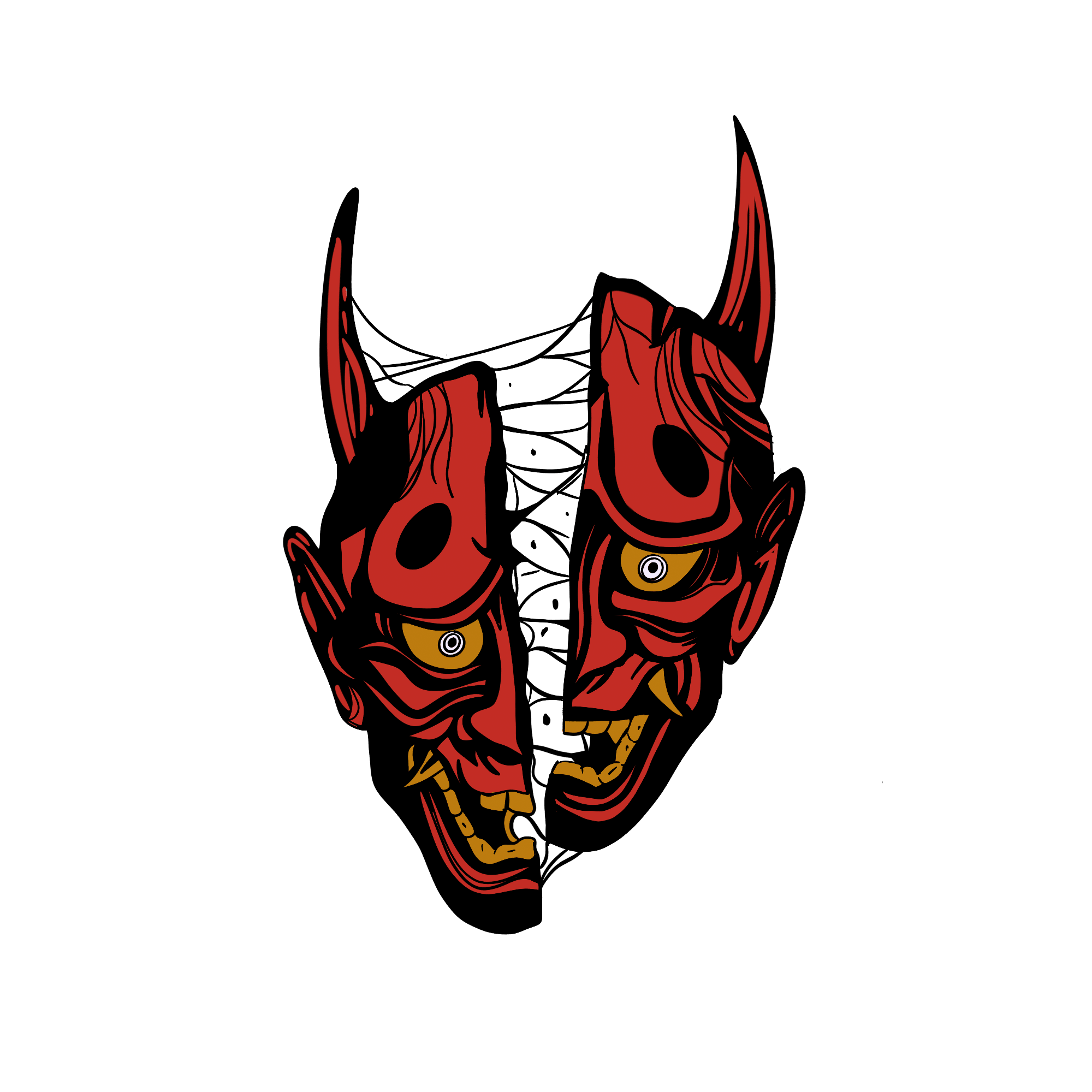AgathionFamiliar


A familiar spirit that appears only at mid-day. Comes in the form of man or beast and can enclose itself in talismans, bottles and magic rings.
The name Agathion, often spelled as Agathien or Agathodemon, finds its roots in ancient Greek and Roman mythology. In these cultures, Agathion was often associated with spirits or deities that were believed to protect and guide humans. The term "agathos," from which Agathion derives, translates to "good" or "beneficent." This seemingly positive connotation is a stark contrast to the malevolent image typically associated with demons.
The characteristics of Agathion vary depending on the culture and time period in which it is depicted. In some accounts, Agathion is portrayed as a benevolent spirit or guardian angel, providing protection and guidance to those in need. It is said to possess qualities of wisdom, compassion, and a desire to aid humanity.
However, in other accounts, Agathion takes on a more sinister persona. It is depicted as a cunning and seductive demon, luring unsuspecting individuals into temptation and leading them down a path of darkness and despair. This duality in Agathion's character has contributed to its mystique and enduring presence in various mythologies.
Various Cultures:
1. Ancient Greece and Rome: In ancient Greece and Rome, Agathion was often associated with protective spirits or divine beings that watched over individuals and their homes. These Agathions were invoked to ensure good fortune, health, and prosperity.
2. Middle Ages: During the Middle Ages, Agathion's image evolved into that of a more malevolent entity. It was frequently depicted as a demon tempting individuals to commit sinful acts or enter into dark pacts. This transformation reflected the changing religious and moral landscape of the time.
3. Renaissance and Occultism: In the Renaissance period and subsequent eras, Agathion gained prominence in occult circles. It was often invoked in magical rituals, where practitioners sought to harness its powers for their own purposes. The demon became a symbol of esoteric knowledge and hidden wisdom.
4. Modern Interpretations: In contemporary times, Agathion's character has been reimagined in various forms of popular culture, including literature, art, and cinema. It continues to be a source of inspiration for writers and artists exploring themes of temptation, redemption, and the supernatural.
Agathion, with its complex and evolving character, remains a fascinating figure in the realm of demons and supernatural beings. Its origins in ancient Greece and Rome as a protective spirit have transformed over the centuries into a multifaceted entity, embodying both benevolence and malevolence. Whether seen as a guardian angel or a cunning tempter, Agathion's enduring presence in mythology and folklore highlights its ability to adapt and evolve with the changing beliefs and values of different cultures and eras. In the ever-expanding tapestry of supernatural beings, Agathion remains an enigmatic and captivating figure worthy of further exploration and interpretation.
Demons



